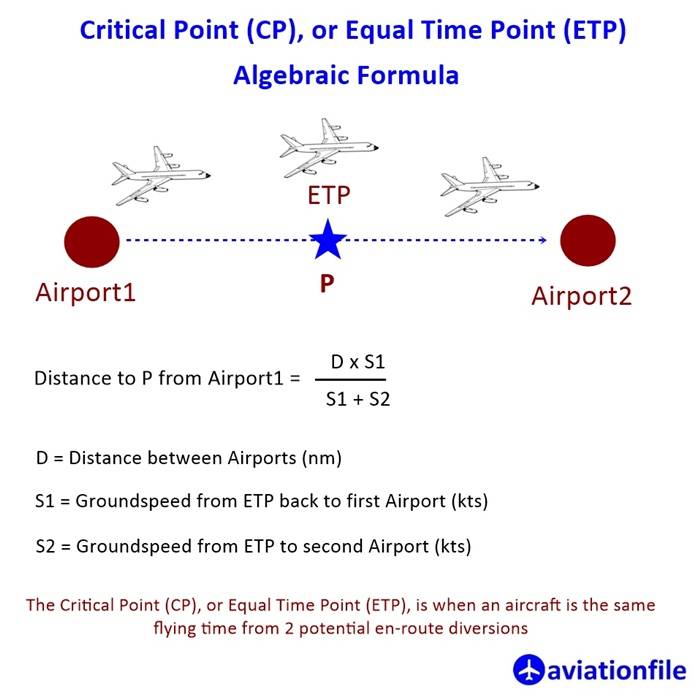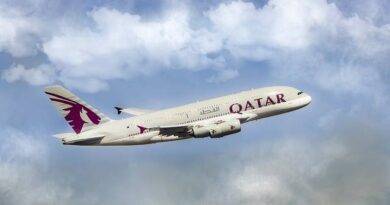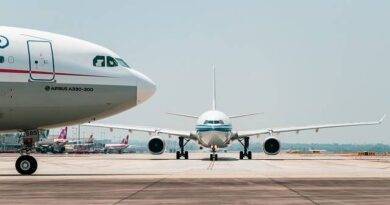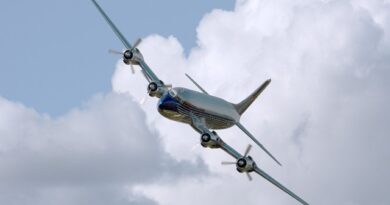Navigating Skies: Understanding the Critical Point (CP) or Equal Time Point (ETP)
In the realm of aviation, the Critical Point (CP), also known as the Equal Time Point (ETP), plays a crucial role in ensuring the safety and efficiency of aircraft operations. It marks the geographical location along a flight path where the aircraft encounters an equidistant point between two suitable diversion airports. This point holds immense significance for pilots, as it serves as a decision-making juncture in the event of an unexpected situation, such as an engine failure or a medical emergency.
The calculation of CPs is particularly important for Performance Class A aircraft, which encompass multi-engined turboprop aircraft with a Maximum Operational Passenger Seating Capacity (MOPSC) exceeding nine or a maximum take-off mass exceeding 5700 kg, and all multi-engined turbojet-powered aeroplanes. These aircraft are typically operated on routes where the still-air time from the current position to a suitable alternate airfield is more than 90 minutes for four-engine aircraft.

By determining the CP, pilots can make informed decisions regarding their course of action in the face of an unforeseen event. If an engine failure occurs beyond the CP, the pilot may opt to continue towards the destination airport, as the flying time to the diversion airport would be longer. Conversely, if the engine failure occurs before the CP, diverting to the closer alternate airfield becomes a more prudent choice.
The concept of the CP extends beyond engine failures and encompasses medical emergencies as well. In such instances, considering the CP can aid in determining whether to proceed to the destination airport, where medical facilities may be more advanced, or to divert to a closer alternate airfield with accessible medical care.
In essence, the CP serves as a guiding principle for pilots, empowering them to make informed decisions that prioritize the safety and well-being of all on board. By understanding and effectively utilizing the CP, pilots can navigate the skies with greater confidence and assurance.
References:
- SKYbrary Aviation Safety: https://skybrary.aero/articles/critical-point-cp
- Principal Air: http://www.avcanada.ca/forums2/viewtopic.php?t=73234
- Runup.ca: https://www.runup.ca/calculating-time-to-critical-point/
- Aviators Guide: https://aviatorsguide.wordpress.com/2020/08/26/critical-point/
- PPRuNe Forums: https://slideplayer.com/slide/1372872/



